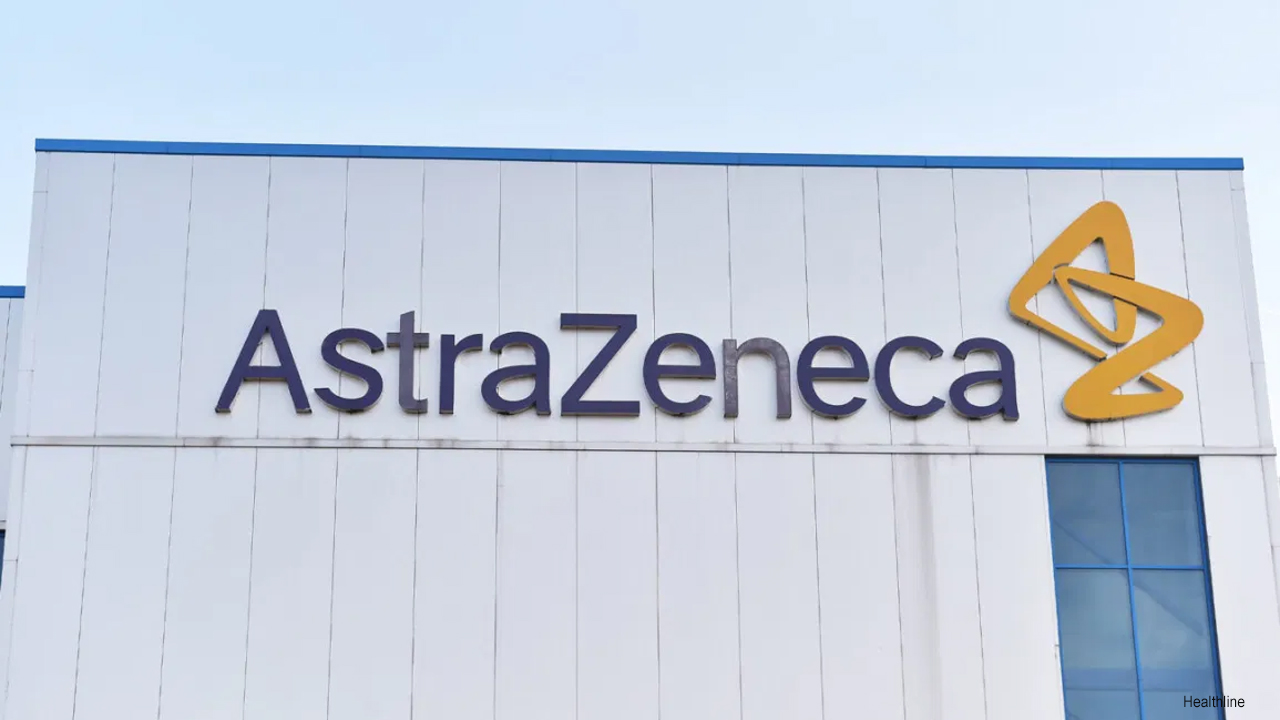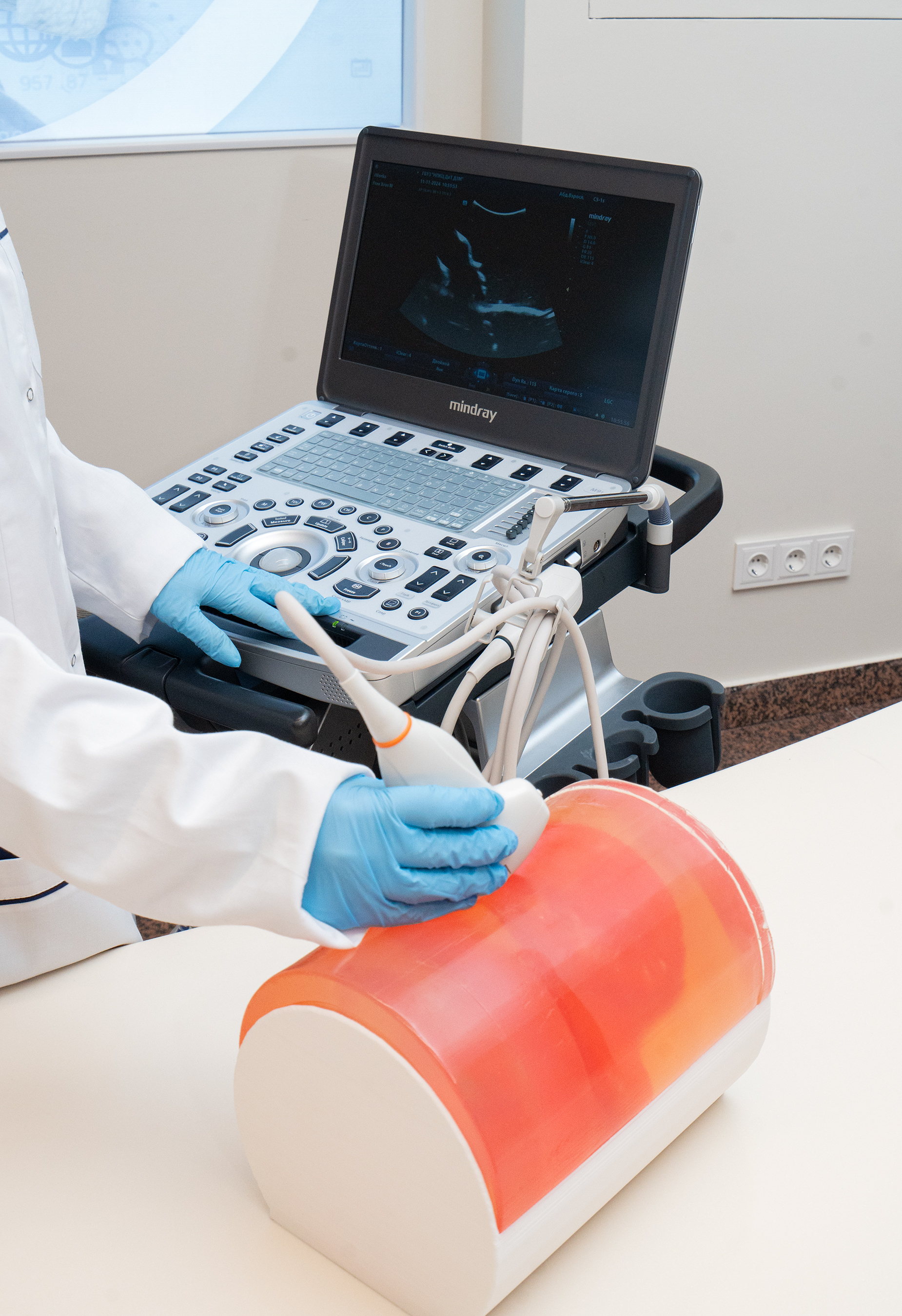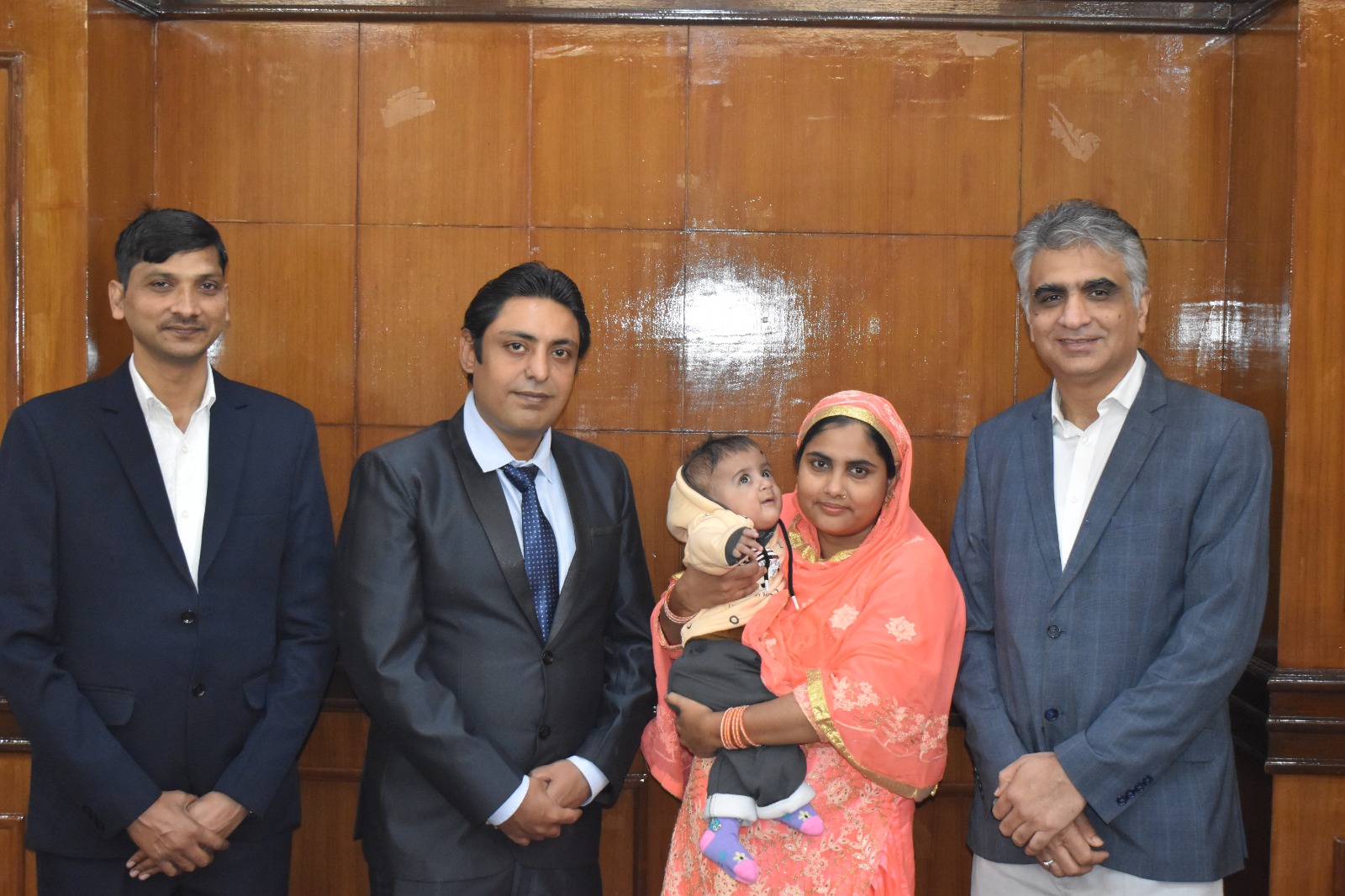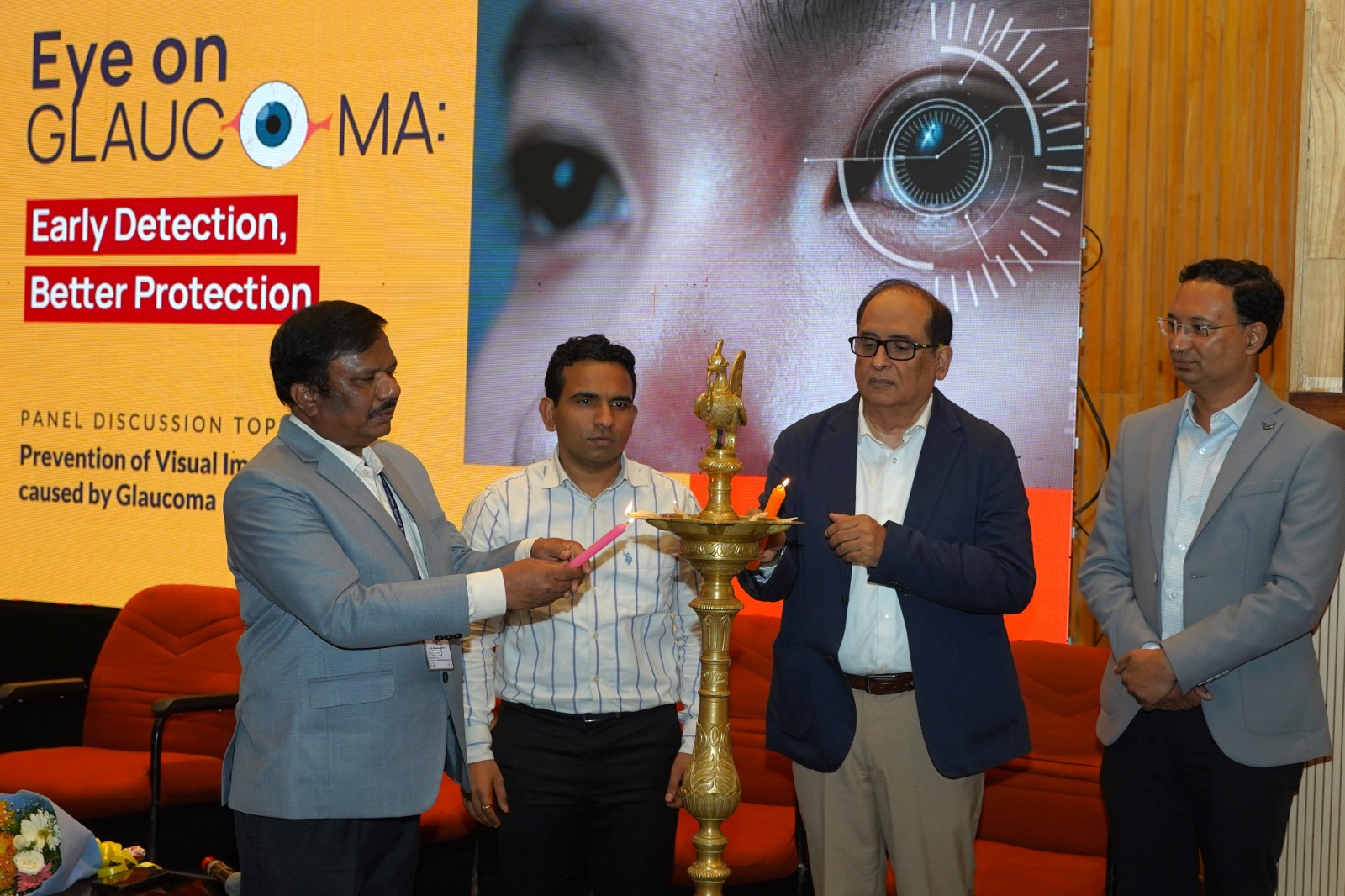A pooled analysis of cardiovascular (CV) safety data from 762 patients treated with Calquence (acalabrutinib) monotherapy for chronic lymphocytic leukaemia (CLL), the most common type of adult leukaemia, across four clinical trials showed a low incidence of cardiac adverse events (AEs) leading to discontinuation. These results were presented at the 62nd American Society of Hematology (ASH) Annual Meeting and Exposition on 7 December 2020.
The analysis included patients with previously untreated and relapsed or refractory CLL treated with Calquence alone from the ELEVATE TN and ASCEND Phase III trials, as well as the 15-H-0016 Phase II trial and ACE-CL-001 Phase I/II trial. In the analysis, 129 patients (17%) reported a cardiac AE of any grade at a median follow up of 25.9 months, and seven patients (0.9%) discontinued treatment due to cardiac AEs.
Jennifer Brown, MD, PhD, Director of the CLL Center of the Division of Hematologic Malignancies, Dana-Farber Cancer Institute, and principal investigator, said: “Cardiac adverse events have emerged as an important consideration for treating chronic lymphocytic leukaemia patients with Bruton’s tyrosine kinase inhibitors, as cardiovascular complications have become a frequent reason for discontinuation. The data presented in this study suggests a low risk of cardiac adverse events with acalabrutinib that is similar to those in a general population of untreated patients with chronic lymphocytic leukaemia, giving clinicians further reassurance when prescribing this therapy.”
José Baselga, Executive Vice President, Oncology R&D, said: “These combined results across four of our clinical trials reinforce the cardiovascular safety profile of Calquence for the treatment of chronic lymphocytic leukaemia. With Calquence, we aim to selectively target Bruton’s tyrosine kinase to help improve safety and long-term adherence while maintaining outstanding efficacy.”
Median exposure to Calquence was 24.9 months. Cardiac events that occurred in 2% or more of patients included atrial fibrillation (4%), atrial fibrillation/flutter (5%), palpitations (3%) and tachycardia (2%). The incidence of atrial fibrillation was similar to that in a general, previously untreated CLL patient population (6%).
Grade 3 or higher cardiac AEs occurred in 37 patients (4%) treated with Calquence monotherapy, of which 25% were reported during the first six months of treatment. Grade 3 or higher cardiac AEs of interest included atrial fibrillation (1.3%), complete atrioventricular (AV) block (0.3%), acute coronary syndrome (0.1%), atrial flutter (0.1%), second degree AV block (0.1%) and ventricular fibrillation (0.1%). Two patients experienced Grade 5 AEs (one with congestive heart failure and one with heart attack).
Overall, 91% of patients with cardiac AEs versus 79% patients without cardiac AEs had one or more CV risk factors before receiving Calquence. The most prevalent CV risk factors (greater than or equal to 20% of patients) among those who experienced cardiac AEs were hypertension (67%), hyperlipidemia (29%) and arrhythmias (22%).
AstraZeneca is exploring additional trials in CLL, including the ELEVATE-RR Phase III trial (ACE-CL-006) evaluating Calquence versus ibrutinib in patients with previously treated high-risk CLL. Data is anticipated in 2021.

 "Cardiac adverse events have emerged as an important consideration for treating chronic lymphocytic leukaemia patients with Bruton’s tyrosine kinase inhibitors"
"Cardiac adverse events have emerged as an important consideration for treating chronic lymphocytic leukaemia patients with Bruton’s tyrosine kinase inhibitors"









.jpeg)








.png)
.png)

.png)
.png)
.png)

.png)
.png)
.png)

.png)
.png)